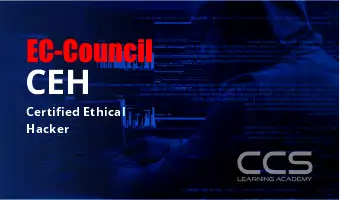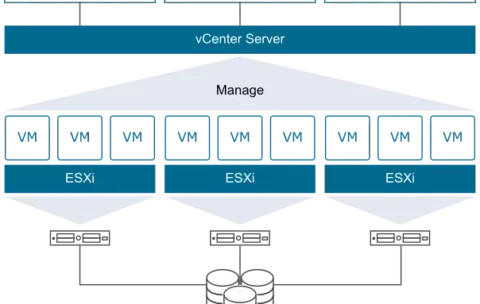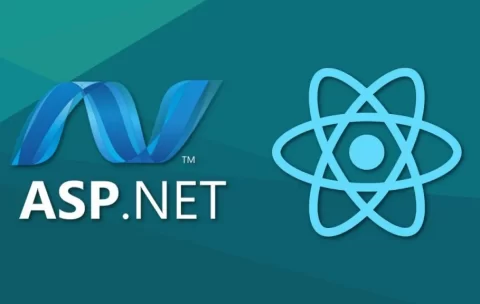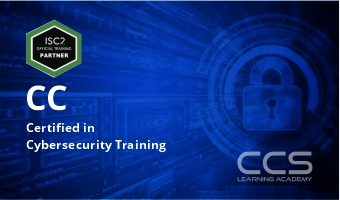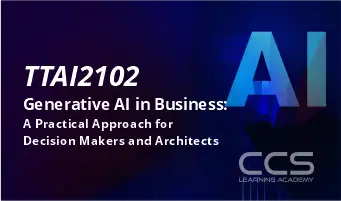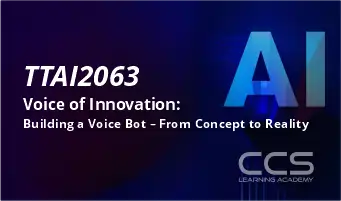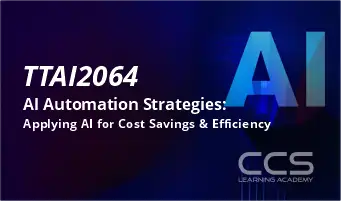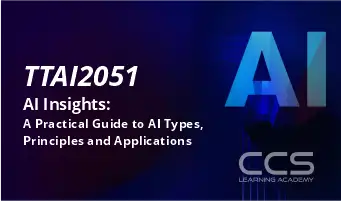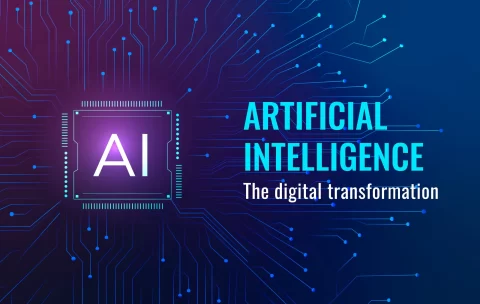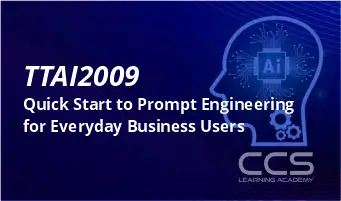Popular Topics
Data Analyst
Introduction to Angular
Generative AI for Decision Makers
CompTIA Security+
Tableau
.NET Secure Coding
Generative AI for Architects
CSS
ASP .Net Web Applications Development
Tableau Server Administration
Introduction to Power BI
Real World Applications of Generative AI
Certified in Governance
CISSP
Django
Risk and Compliance
Implementing AI in Automated Enterprise
Certified in Cybersecurity Training
Introduction to Jira
GitHub
UX Design
Modern JavaScript
Cloud Computing
Attacking and Securing C#
CompTIA Cybersecurity Analyst
CSS3
Responsive Design
XML Course
.NET Programming
AWS
Tableau Desktop
Applying AI for Cost Savings & Efficiency
Microsoft Office 365 Online
Cybersecurity Analyst
Building a Voice Bot
Data Science and Big Data
Jira
Basic Java Programming
Java Programming
XML Learning
C++ 20 Programming
Implementing AI in Business
AI Automation Strategies
CISSP Exam Preparation Course
JavaScript Essentials'
CompTIA
Administering A SQL Database
Next Level Power BI
Automation with Ansible
ITIL 4 Foundation Certification Training
ITIL 4 Certification
HTM
Certified Cloud Security Professional
Penetration Testing Professional
JavaScript
Advanced React
ASP .NET Core
Cloud Operations on AWS
CompTIA A+ Core 2
Chief Information Security Officer
Certified Secure Software Lifecycle Professional
Kubernetes
Microsoft Azure
Voice Of Innovation
Introduction to Ansible
CompTIA IT Fundamentals
Generative AI
Network Defender
Azure AI Fundamentals
Strategic AI Dialogues
CompTIA Linux
UI/UX Design
Core Java Programming
AI Types
CompTIA Server
SQL Data Models
AI Principles
SQL Server Integration
Advanced Angular
Git
AI Applications
SQL Data Warehouse
Microsoft Power BI Data Analyst
Customer Support with AI
Mastering React
SharePoint End User
Developing AWS Services and Tools
Hadoop
CompTIA Network
React Course
MVC Web Application Development by .NET
Professional Development
Microsoft Azure Data Fundamentals
SQL Server Performance Tuning
Microsoft Azure Certification
Prompt Engineering for Business Users
CompTIA Cloud
SQL Server Performance Optimization
CompTIA A+ Core 1
Azure Infrastructure Solutions
Python
Azure AI Solution
Introduction to GitHub
Citrix
CompTIA PenTest
Citrix Cloud with Amazon Web Services
CompTIA Data+
CompTIA Cloud Essentials+
Introduction to C++
Microsoft Azure for SAP Workloads
PL-600 Power Platform Solution Architect
CompTIA Project
Azure SQL Solutions
Advance C++ 20 Programming
Microsoft Azure Administrator
Microsoft Project 2016 Level 1
HTML5
Microsoft Project 2016: Level 2
Microsoft Azure Fundamentals Training Certification
Full Stack Web Development
SQL Database Infrastructure
Citrix Endpoint Management
All `Live Courses by Practice Area Courses
Test descriptionFilter by Topic
Filter by Vendor
Generative AI in Business: A Practical Approach for Decision Makers and Architects (TTAI2102)
Welcome to the exciting world of Generative AI – we’ll …
What you'll learn
Gain a solid understanding of Generative AI, its evolution, and its role in shaping innovative business solutions, positioning you to effectively drive AI initiatives in your organization.
Acquire the ability to identify potential Generative AI use cases in your industry and evaluate their feasibility and value, empowering you to make informed decisions that can enhance business operations.
Learn how to manage the lifecycle of an AI project efficiently, equipping you with the knowledge to guide projects from inception to successful deployment, with continuous monitoring and improvement.
Develop an understanding of AI and data security best practices, along with the crucial role of data in Generative AI, fostering your ability to safeguard your AI systems effectively.
Stay ahead of the curve by gaining insights into the upcoming trends and technologies in Generative AI, enabling you to maintain a competitive edge in your organization in this rapidly evolving field.
Voice of Innovation: Building a Voice Bot – From Concept to Reality (TTAI2063)
This dynamic half-day course is designed for developers, product managers, …
What you'll learn
<b>Introduction to Voice Bot Technology: </b> Understand the fundamentals of voice bot technology, including how systems like Alexa and Siri function.
<b>Integrating Natural Language Processing (NLP): </b> Dive into NLP techniques for interpreting user input and generating meaningful responses.
<b>Developing a Conversational AI: </b> Explore strategies for developing a voice bot that can engage in natural, human-like conversations.
<b>Practical Implementation: </b> Walk through the end-to-end process of building a simple voice bot, from design to deployment.
Transforming Customer Support with AI: Crafting Custom Assistants for Your Business (TTAI2062)
Step into the world of AI-driven enterprise support with our …
What you'll learn
<b>Introduction to AI in Enterprise Support:</b> Understand the role and potential of AI in enhancing enterprise support systems.
<b>Utilizing Internal Documents for AI Training: </b> Learn how to effectively use your enterprise's existing documentation, such as SOPs and manuals, as data for training AI systems.
<b>Creating an Interactive SOP Guide:</b> Explore the development of AI tools that allow employees to interact with SOPs in a conversational manner, facilitating easy access to information.
<b>Developing Comprehensive FAQ Systems:</b> Discover methods to compile and integrate frequently asked questions into the AI system, ensuring comprehensive support coverage.
<b>Getting Started with GenAI:</b> Practical steps to begin implementing General AI in your enterprise support structure, focusing on achievable, impactful applications.
AI Insights: A Practical Guide to AI Types, Principles and Applications (TTAI2051)
Dive into the transformative world of Artificial Intelligence (AI) in …
What you'll learn
<b>Comprehensive AI Understanding:</b> Master the key types and principles of AI, distinguishing between artificial narrow intelligence, general intelligence, and super intelligence.
<b>Practical AI Applications:</b> Discover AI's transformative role in various industries, including its potential to innovate in agriculture, medicine, finance, and more.
<b>Ethical and Reliable AI Use:</b> Explore the ethical use of AI and the factors influencing its reliability in deployment.
<b>Hands-On AI Experience:</b> Gain introductory hands-on experience with common AI technologies, enhancing your practical skills.
<b>Future AI Trends:</b> Engage in discussions about the future of AI, including emerging research areas and advancements in technology.
Strategic AI Dialogues: Conversational Intelligence for Business Innovation (TTAI2060)
This engaging half-day workshop is crafted for business professionals eager …
What you'll learn
<b>Understanding Conversational AI:</b> Gain a foundational understanding of Conversational AI, its significance in the business context, and its potential to transform customer engagement.
<b>Exploring NLU and LLMs:</b> Dive deep into Natural Language Understanding and Large Language Models, exploring how these technologies interpret and respond to human language in a business setting.
<b>AI Integration Strategies:</b> Learn strategies for integrating AI across different products and services within the enterprise, focusing on practical applications and real-world examples.
<b>Business Transformation with AI:</b> Discover how Conversational AI can streamline processes, enhance customer experience, and provide actionable insights for business decision-making.
<b>Navigating Challenges and Opportunities:</b> Discuss the challenges in implementing AI in business environments and explore opportunities for innovation and growth.
Quick Start to Using Azure OpenAI (TTAI2321)
Are you ready to unlock the power of OpenAI and …
What you'll learn
Understand the basics of OpenAI and its products, and how they can be used to improve business processes and decision making.
Learn how to use GPT-3 for text generation, including generating product descriptions and customer service responses.
Learn how to use DALL-E for image generation, including generating product images and marketing materials.
Understand OpenAI's decision-making capabilities and how to use them to improve decision making in business scenarios.
Learn about real-world business applications of OpenAI, including examples of companies using it, and explore potential future uses of OpenAI in business.
Learn how to use OpenAI in day-to-day business operations and explore resources for additional tools and support.
Quick Start to Prompt Engineering for Everyday Business Users (TTAI2009)
Prompt engineering is the process of designing and refining input …
What you'll learn
Get comfortable with the basics of prompt engineering and discover how it can make a difference in various business tasks, such as enhancing customer support, creating content, and fine-tuning sales pitches.
Develop the knack for crafting, refining, and perfecting prompts suited to specific business situations by understanding context, user intent, and what makes a prompt great.
Learn how to smoothly incorporate prompt engineering solutions into your existing business workflows, including pinpointing the right processes, integrating with your current software, and keeping data privacy and security in check.
Become proficient in advanced techniques and best practices in prompt engineering, like making use of APIs, customizing language models, and collaborating with your teammates across different departments.
Keep up with the latest developments in prompt engineering and be ready to adapt to changing business needs and trends, ensuring that you stay relevant and continue to grow in the dynamic business world.

